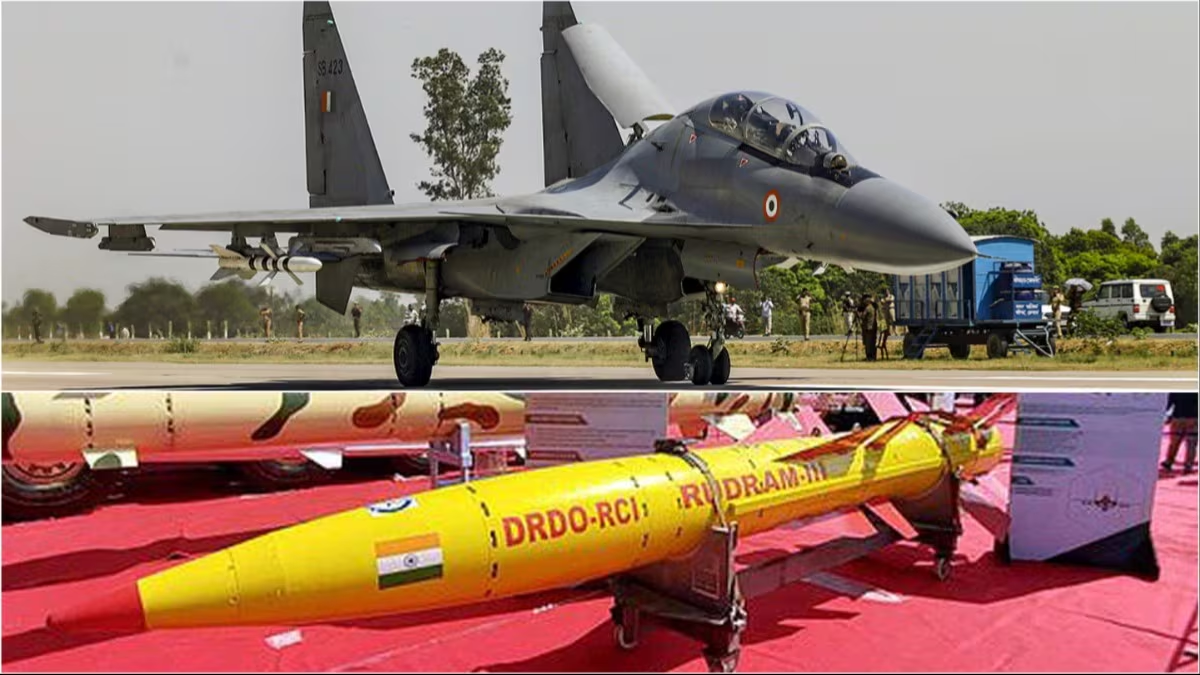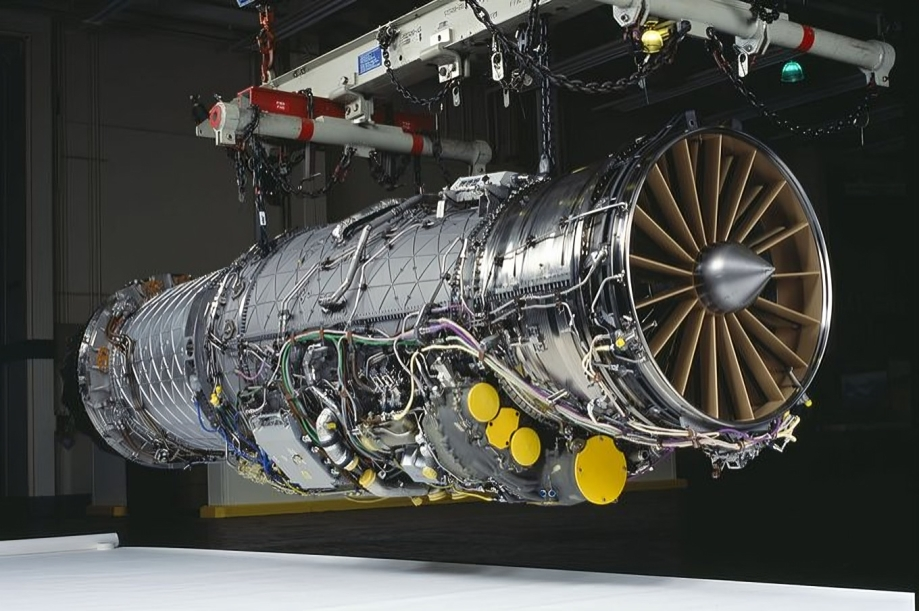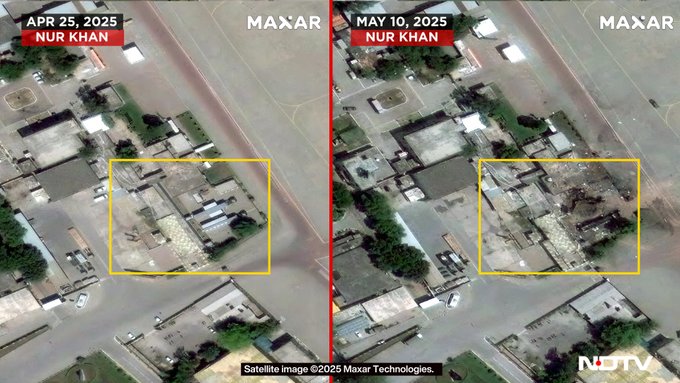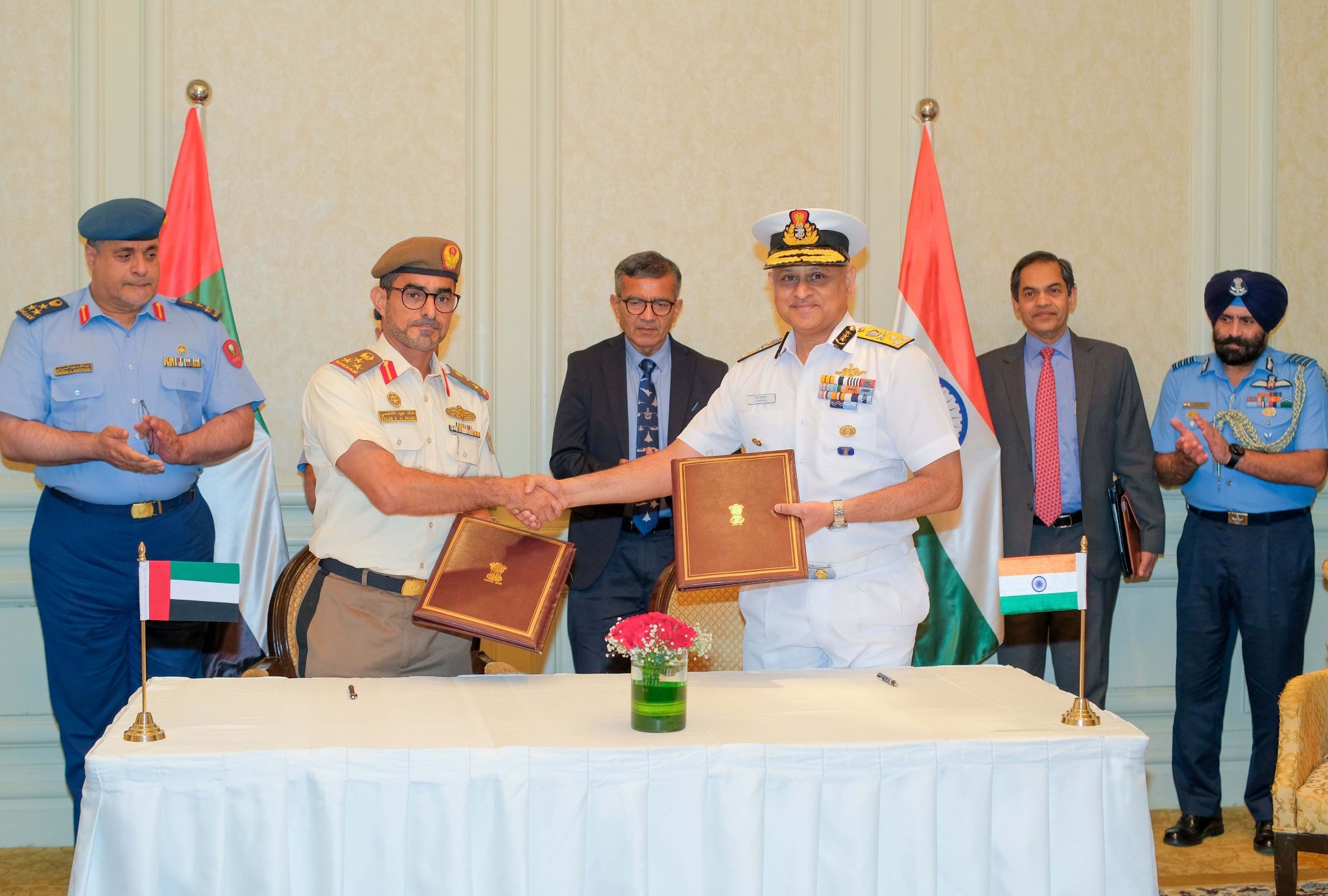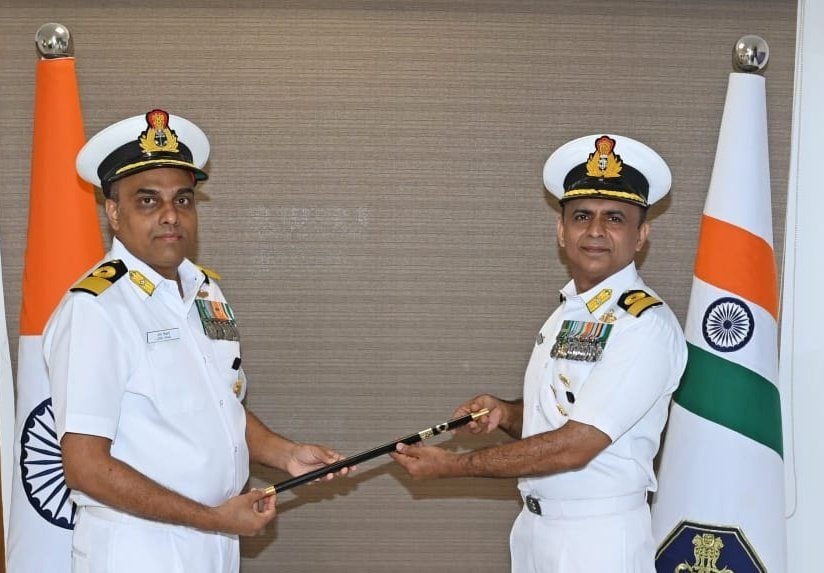RudraM-III Missile Successfully Released from Modified Su-30MKI Fighter Jet
India has successfully conducted release trials of the RudraM-III hypersonic anti-radiation missile from a modified Su-30MKI fighter aircraft, marking a…
HAL Signs Manufacturing License Agreement with GE for Indigenous Production of F414-INS6 Jet Engines
Hindustan Aeronautics Limited (HAL) has signed a Manufacturing License Agreement (MLA) with GE Aerospace for the local production of the…
Indian Air Force Destroyed Pakistan’s AI-Driven NG-MMCC Project During Operation Sindoor
In a significant development during the May 2025 India-Pakistan conflict, the Indian Air Force (IAF) successfully targeted and destroyed two…
India and UAE Pledge to Strengthen Defence Ties at 13th JDCC Meeting
India and the United Arab Emirates (UAE) reaffirmed their commitment to deepening bilateral defence cooperation during the 13th meeting of…
Over 90 Frontier Corps Personnel Dismissed for Refusing Operations Against Pashtuns in Pakistan
In a dramatic escalation of internal dissent, over 90 personnel from Pakistan’s Frontier Corps (FC), mostly of Pashtun ethnicity, have…
Commodore Varghese Mathew Takes Over as Naval Officer-in-Charge, Kerala
In a ceremonial event held at the Southern Naval Command headquarters in Kochi, Commodore Varghese Mathew officially assumed charge as…

